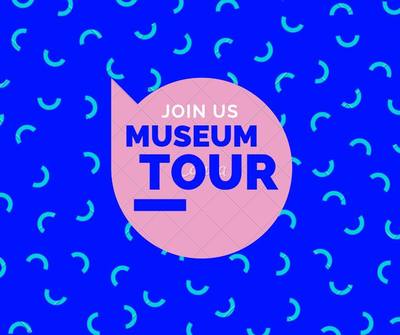
Comanche History
Historians agree that the Comanche nation was the most powerful native american nation in American history. They controlled a quarter of a million square miles for over two hundred and fifty years. Separating from the Shoshone nation in the late 1600's, they followed the Bison across the great plains. The comanche tribesman and women mastered the use of the horse to hunt bison and as an instrument of war. They far surpassed every other plains natives with their horsemanship. The US cavalry called the Comanche warriors the best light cavalry in the world. They pushed the Utes into Arizona, the Apache into Mexico and kept the Spanish south of San Antonio. Only the Kiowa tribe could live in harmony with the tribes in the COmanche territory. Even today, the Comanche refer to their people as "Lords of the Plains." There was seldom a chief over the tribe, nor over any of the bands. Sometimes there was a peace chief and a War Chief, but more often a chief had control of his band of warriors but not the whole group. They thrived with no central government. They had no formal religion but believed in spirits. The medicine men were their connection to the spirits.
White settlers continued to move west of forts built by the army to protect the settlers, taking land that the Comanche controlled. The settlers destroyed the buffalo grass that was the Bison's primary food source. Then bison hunters slaughtered the bison by the thousands taking the Comanches source of food, shelter and clothing.
The Comanches fought back with a vengeance and methods of war that settlers did not have the stomach for. It had been the way of protecting their land and livelihood for over a thousand years. Outnumbered and without their lifeline of Bison, the last major band of the Comanche nation led by Quanah Parker moved to the Reservation in 1875. A leader and warrior until the last of the great battles, Quanah became a leader in peace and earned the title Principle Chief of the Comanche nation from the army. He was the first and only Principle Chief, being replaced by a council upon his death.
-
Bison
-
Copper Mine
-
Comanche History
-
The Medicine Man
-
The Bison and the Comanche
-
The Parker Story
-
The Battle of Pease River
-
Comanche Clothing
-
Quanah the Warrior
-
Quanah the Statesman
-
The Cowboy
-
The Chuck Wagon
-
Early Towns
-
The end of the open range and the R2
-
The Waggoner Ranch